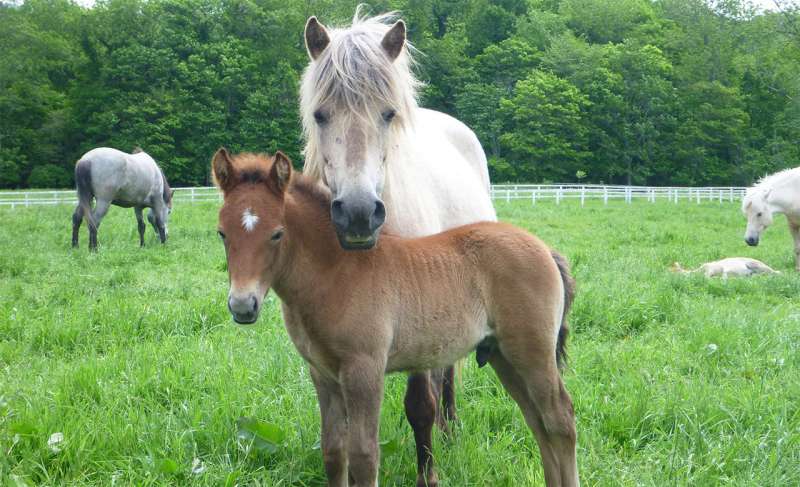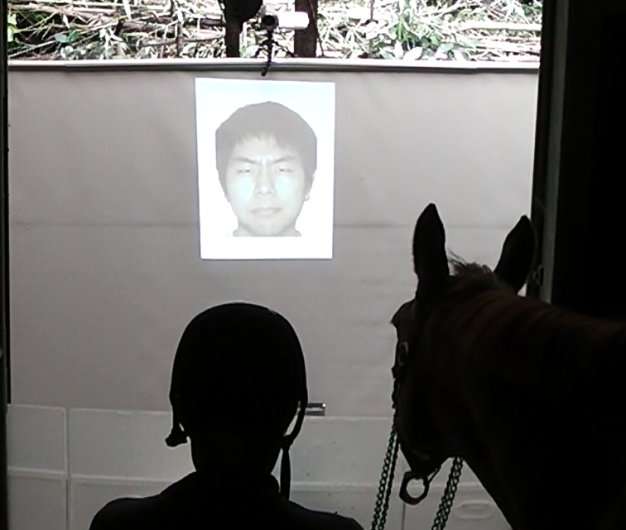How do horses read human emotional cues?

Scientists have demonstrated for the first time that horses integrate human facial expressions and voice tones to perceive human emotion, regardless of whether the person is familiar or not.
Recent studies showed horses possesses high communication capabilities, and can read the emotions of their peers through facial expressions and contact calls, or whinnies. Horses have long been used as a working animal and also as a companion animal in sports and leisure, establishing close relationships with humans, just like dogs do with people.
Dogs are known to relate human facial expressions and voices to perceive human emotions, but little has been known as to whether horses can do the same.
In the present study to be published in Scientific Reports, Associate Professor Ayaka Takimoto of Hokkaido University, graduate student Kosuke Nakamura of The University of Tokyo, and former Professor Toshikazu Hasegawa of The University of Tokyo, used the expectancy violation method to investigate whether horses cross-modally perceive human emotion by integrating facial expression and voice tone. They also tested whether the familiarity between the horse and the person affected the horse's perception.

The expectancy violation method has been used to study infant cognitive development. Horses were shown a picture of a happy facial expression or an angry facial expression on a screen, and they then heard a pre-recorded human voice—praising or scolding—from a speaker behind the screen. Horses received both the congruent condition, in which the emotional values of facial expression and voice tone were matched, and the incongruent condition, in which they were not.
Results of the experiment showed that horses responded to voices 1.6 to 2.0 times faster in the incongruent condition than in the congruent condition regardless of familiarity of the person. In addition, the horses looked to the speaker 1.4 times longer in the incongruent condition than in the congruent condition when the person was familiar. These results suggest that horses integrate human facial expressions and voice tones to perceive human emotions, therefore an expectancy violation occurred when horses heard a human voice whose emotional value was not congruent with the human facial expression.
"Our study could contribute to the understanding of how humans and companion animals send and receive emotional signals to deepen our relationships, which could help establish a better relationship that emphasizes the well-being of animals," says Ayaka Takimoto of Hokkaido University.
More information: Kosuke Nakamura et al, Cross-modal perception of human emotion in domestic horses (Equus caballus), Scientific Reports (2018). DOI: 10.1038/s41598-018-26892-6
Journal information: Scientific Reports
Provided by Hokkaido University




















